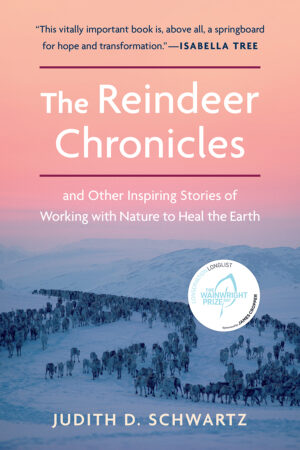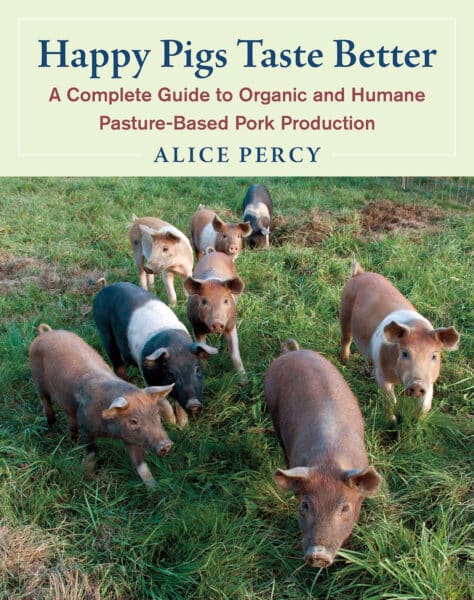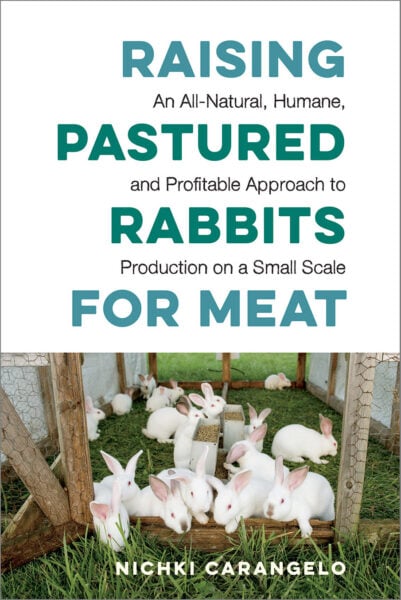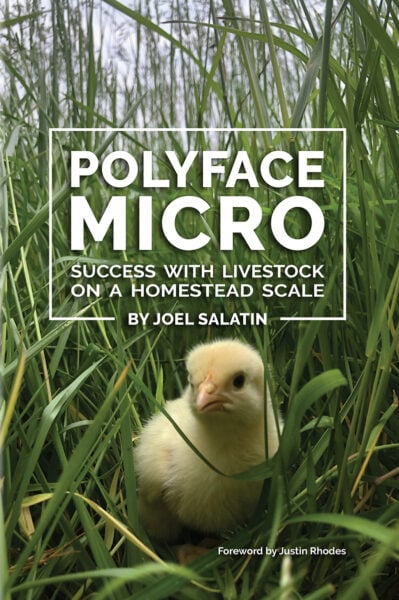A New Kind of Cowgirl
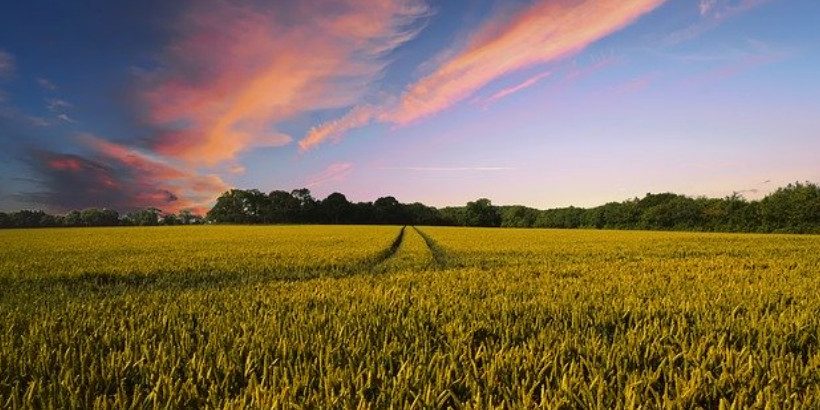
Meat eaters rarely see how the sausage (or in this case, steak) is made. At the New Cowgirl Camp, like-minded women come together to learn how to raise livestock sustainably and change the meat industry for the better.
The following is an excerpt from The Reindeer Chronicles by Judith D. Schwartz. It has been adapted for the web.
At the New Cowgirl Camp, we don’t mess around.
After a quick breakfast around a long, hardwood table—handcrafted by our host Beth Robinette’s husband, Matt—we’re divvying ourselves into cars. We have to rush to get to the cattle area in time to observe the butchering of a cow.
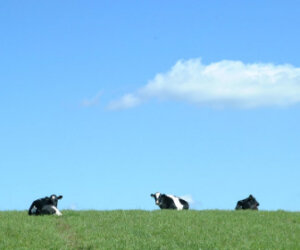 Our group of nine campers and two instructors stand under a sunny, late-summer sky as two men in baseball hats attach a slaughtered cow to a pulley and hoist it in front of the open cabin of a white truck equipped with the tools of the trade. Within moments the carcass is sliced lengthwise in two and the flesh stripped from the ribs—neatly, as if the guy had simply unzipped a zipper. The men hose down the carcass as they toss animal parts into different buckets and on the ground. You can still see the beauty of the animal: the smooth black coat, its lovely mouth.
Our group of nine campers and two instructors stand under a sunny, late-summer sky as two men in baseball hats attach a slaughtered cow to a pulley and hoist it in front of the open cabin of a white truck equipped with the tools of the trade. Within moments the carcass is sliced lengthwise in two and the flesh stripped from the ribs—neatly, as if the guy had simply unzipped a zipper. The men hose down the carcass as they toss animal parts into different buckets and on the ground. You can still see the beauty of the animal: the smooth black coat, its lovely mouth.
This is a lot to take in. Clearly, there’s no room for squeamishness in this program. “If you don’t like it, you probably shouldn’t eat it,” says my fellow camper Alexandra Machado, who raises goats and produces cheese on two hectares (five acres) in western Washington.
“Ninety percent of our business is custom beef,” says Beth, who represents the fourth generation of her family to steward the Lazy R Ranch in Cheney, Washington. She runs the cattle (and now sheep) operation with her father, Maurice, and a part-time apprentice. “You can kill on-farm. It is more humane.” The team that harvests the cattle comes to the Lazy R about every other week to process two or four from the herd.
Beth wears a red-and-black-checked flannel shirt and jeans, her blond hair drawn high and back. She laments the lack of markets for perfectly good cowhides. The processors are no longer taking them, she says. “The supply chains haven’t been worked out. Like most parts of our food system, it’s disconnected.” At the Lazy R, she says, “we’re using as much of the animal as possible. The hooves are used in gelatins. Organ meat has become more popular. Tongue is popular in the Hispanic community. Heart is not as popular, but some people will take all I’ve got.” Indeed, a short while later a man shows up to collect the tripe, or lining of the stomach, from one of the discard pails. It is the size of a small throw pillow and looks like honeycomb.
Our co-instructor Sandra Matheson says slaughtering has risen in price: “It costs me $2.50 a pound to get the meat USDA-wrapped.” A retired veterinarian, Sandra raises cattle for beef and breeding in the far northwest part of the state, sixteen kilometers (ten miles) from the Canadian border. She also has yaks, and was among the first in the United States to successfully breed yaks via artificial insemination (AI). Compared with beef, she says, “Yak has a mild flavor. It’s leaner and higher protein.” She recently received a USDA grant to develop yak sausage, which she says we will try later in the week. The animals, native to Tibet and the Central Asia highlands, produce both wool and coarse hair “as fine or finer than cashmere.” She says yak babies are cute, but that “a frightened yak is a dangerous animal.” I don’t doubt her.
The cost-of-processing conversation segues to genetics, a hot topic among ranchers. Sandra’s cattle are a Simmental/Angus mix. “I select genetically for marbling on grass,” she says. “I look for natural fatness. We usually butcher at eighteen to twenty-four months.”
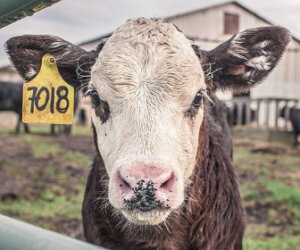 Beth tells us the Lazy R has lowline Angus genetics: more like the classic Angus of the 1960s with a smaller body frame so that the animal puts more energy into muscle, fat, and ultimately flavor. “Now I’m trying to get the carcass size up a bit,” she says. “I’m selecting for docility. That is why I’m partial to Maka.” She gives a firm but affectionate nudge to a stout bull with a fine, brown coat the color of extra-dark chocolate. “He is a really chill dude. You should always respect a bull, even if he seems tame. It’s important to follow some principles for how to interact with the cattle. We don’t keep dangerous animals. We pay attention to how they move down the chute . If I have a heifer who’s wild and snorty, she is not replacement heifer material. Every time you work with them in the corral, if you see aggressive behavior you mark that down.”
Beth tells us the Lazy R has lowline Angus genetics: more like the classic Angus of the 1960s with a smaller body frame so that the animal puts more energy into muscle, fat, and ultimately flavor. “Now I’m trying to get the carcass size up a bit,” she says. “I’m selecting for docility. That is why I’m partial to Maka.” She gives a firm but affectionate nudge to a stout bull with a fine, brown coat the color of extra-dark chocolate. “He is a really chill dude. You should always respect a bull, even if he seems tame. It’s important to follow some principles for how to interact with the cattle. We don’t keep dangerous animals. We pay attention to how they move down the chute . If I have a heifer who’s wild and snorty, she is not replacement heifer material. Every time you work with them in the corral, if you see aggressive behavior you mark that down.”
Each of us, leaning against the fence or snapping photos with our phones, takes in every word. All these details matter: the processing and supply chains; maintaining herd genetics; how to assess snortiness and danger. For this weeklong workshop is more than a lark, a chance to hang out in a scenic western landscape with like-minded women. For most of the group, it is an initiation to a career working with livestock on the range.
In Beth’s words,“We are assembling an army of cowgirls to change the world.”
Recommended Reads
Recent Articles
Garlic mustard: while known as “invasive,” this plant can be consumed in its entirety and has great nutritional value. Plus, the garlic-flavor is a perfect addition to any recipe that calls for mustard! The following are excerpts from Beyond the War on Invasive Species by Tao Orion and The Wild Wisdom of Weeds by Katrina…
Read MoreEveryone loves a refreshing, fermented, nutritious drink…even your garden! Take your fermentation skills out of the kitchen and into the garden by brewing fermented plant juice. The following is an excerpt from The Regenerative Grower’s Guide to Garden Amendments by Nigel Palmer. It has been adapted for the web. How to Make Fermented Plant Juice Fermented…
Read MoreWant to see your crops thrive this upcoming growing season? The key is in soil fertility and health. Spend time maintaining your soil’s health to guarantee bigger and better crops come harvest time! The following is an excerpt from No-Till Intensive Vegetable Culture by Bryan O’Hara. It has been adapted for the web. What Is Soil Fertility?…
Read MoreMany know the effects of catnip on our feline friends, but few realize that catnip has medicinal effects for humans. From stomach aches to reducing fevers, catnip is a versatile herb with many benefits. The next time you grow this plant for your cat you may end up taking a few cuttings for yourself! The…
Read MoreIt’s time to take control of your seeds and become a plant breeder! Saving your seed allows you to grow and best traditional & regional varieties, and develop more of your own. The following excerpt is from Breed Your Own Vegetable Varieties by Carol Deppe. It has been adapted for the web. Becoming A Plant…
Read More

